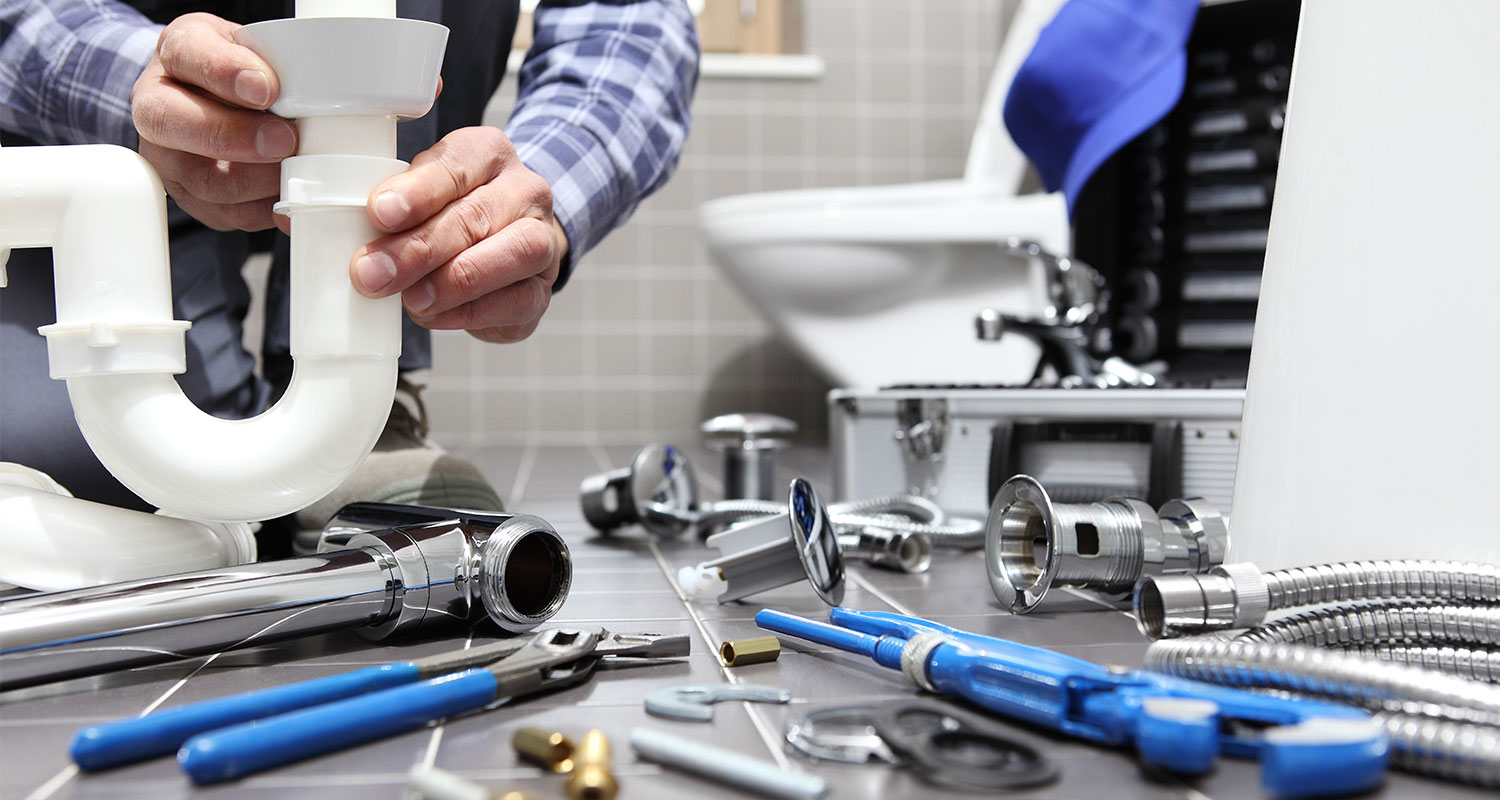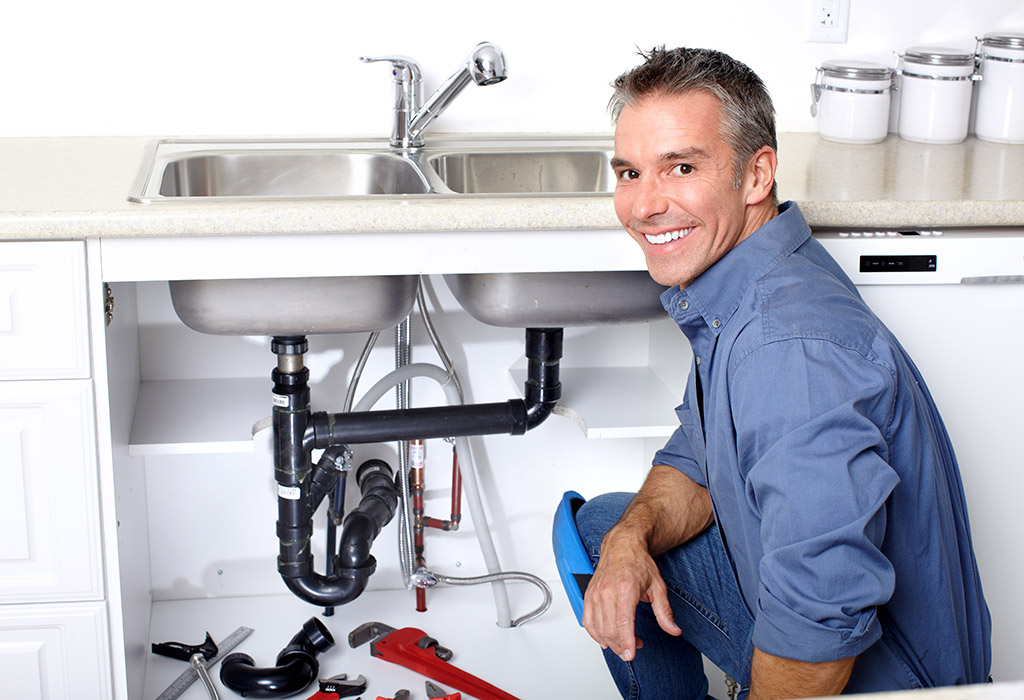A Detailed Guide to Reliable Hot Water Heater Installment for Ideal Efficiency
Starting the job of setting up a hot water heater is a venture that requires accuracy and a methodical approach for accomplishing ideal performance. The process starts with the critical decision of selecting the suitable heating system tailored to the particular demands of your family, taking into consideration variables such as dimension, kind, and power resource. Once picked, preparing the installation area to meet security requirements is critical. The trip doesn't end below. As you proceed, the ins and outs of linking supply of water lines and establishing up trusted electrical or gas links await, appealing insights into ensuring efficiency and integrity.
Choosing the Right Water Heating Unit

Next, take into consideration the dimension and capability of the hot water heater. It's vital to assess your household's warm water requirements, which can vary based upon the variety of passengers and their use patterns. An unit that's as well small may bring about inadequate warm water, while an extra-large design might result in unnecessary energy usage.
Efficiency rankings likewise play a crucial role in choice. Look for water heating units with high Power Element (EF) ratings, showing remarkable efficiency and reduced power usage. Tankless designs, though normally more pricey in advance, offer substantial energy financial savings with time as a result of their on-demand home heating abilities.
Preparing the Setup Location
Prior to installing a brand-new hot water heater, thorough preparation of the installment area is crucial. This makes sure a smooth setup process and assists prevent future problems (Plumbing Alabaster AL). Begin by choosing an ideal area that follows neighborhood building regulations and security requirements. The location must be dry, well-ventilated, and available for upkeep. It's critical to measure the space thoroughly to fit the water heating unit's dimensions, making sure ample clearance around the device for reliable operation and servicing.
Next, eliminate any particles, dirt, or obstructions from the site to develop a tidy atmosphere. Check the floor for security, as the hot water heater will certainly require a solid, level surface to operate efficiently. If necessary, install a drip pan underneath the system to catch possible leakages or spills, protecting against water damage to the surrounding area. In regions susceptible to seismic task, consider mounting seismic straps to secure the heating system firmly in position.
Furthermore, guarantee that all essential devices and products get on hand prior to beginning the installation. This includes items such as wrenches, screwdrivers, a degree, and any type of additional hardware needed for securing the heater and installing. A well-prepared installation location sets the structure for an effective water heater arrangement, maximizing performance and safety.
Connecting Supply Of Water Lines
When attaching water system lines to your newly set up water heating system, it is essential to make certain that all links are leak-free and safe and secure to preserve effective operation and avoid water damage. Begin by identifying the cold and hot water lines. The cold page water inlet is commonly marked with a blue label or a "C", while the warm water electrical outlet is marked with a red label or an "H".
Usage versatile water heating system connectors to assist in a much easier installment process. Before attaching the adapters, place a plumber's tape around the threaded ends of the water heater's inlet and electrical outlet pipelines.
When connections are in location, slowly transform on the primary supply of water valve. Evaluate each link for leaks by visually examining and really feeling for dampness. Tighten links as needed, and make sure the pressure alleviation valve is appropriately installed, securing against extreme stress accumulation.
Establishing Electric or Gas Links
Effectively establishing the electrical or gas connections for your water heating unit is an important step to make certain effective and secure operation. For electric water heaters, begin by confirming that the electrical circuit is suitable with the heater's voltage and amperage requirements. Make sure the power supply is switched off at the breaker to stop mishaps. Attach the electrical cords to the heater following the manufacturer's circuitry diagram. Typically, this includes connecting the ground cord to the green terminal, and the continuing to be cords to their matching terminals, protecting each with wire nuts.
For gas water heating units, safety is extremely important. Validate that the gas supply is off before proceeding. Attach the gas line to the hot water heater making use of an adaptable gas port, ensuring it is properly threaded and secured with pipe joint substance or Teflon tape suitable for gas links. Tighten the links with a wrench, taking care not to over-tighten (Plumbing Alabaster AL).
When connections are made, examine for any type of possible leakages. For gas lines, use a soapy water solution to the joints; bubbles suggest a leakage. For electric links, verify that all wiring is protected and effectively protected, keeping conformity with neighborhood electrical codes.
Readjusting and checking for Performance
With the electrical and gas connections securely in location, the next action is evaluating the functional effectiveness of your water heater. Begin by meticulously activating the water and making certain there are no leakages at any one of the shutoffs or joints. As soon as verified, proceed to load the container, taking note of the pressure and temperature level setups. It is view it advisable to set the thermostat to a recommended temperature of around 120 ° F(49 ° C) to stabilize power efficiency and convenience.
Following, do a detailed evaluation to ensure the burner or gas heaters are functioning appropriately. For electrical heating systems, utilize a multimeter to confirm if the elements are drawing the suitable current. In gas models, observe the burner fire; it should be constant and blue, showing reliable burning.
Change the settings as required to get rid of ineffectiveness. Consider carrying out insulation procedures, such as adding a hot water heater blanket, to additionally enhance efficiency by minimizing warm loss. Additionally, check the anode rod's problem, as a deteriorated pole can lower efficiency and bring about tank corrosion.
Final Thought
Reliable water heating unit installment is crucial for making certain ideal efficiency and power savings. By picking the appropriate kind and size, and carefully preparing the installment area, a foundation for success is developed. Safely connecting water supply lines and meticulously setting up electric or gas links reduce potential concerns. Comprehensive testing for leaks and specific thermostat modifications to 120 ° F enhance integrity and performance. Complying with these actions advertises long-lasting capability and energy conservation in property water home heating systems.

Appropriately establishing up the electrical or gas connections for your water heating system is a critical step to guarantee efficient and secure operation. For electric water heating systems, start by confirming that the electric circuit is suitable visit site with the heater's voltage and amperage needs. Connect the gas line to the water heating system making use of a versatile gas connector, ensuring it is effectively threaded and secured with pipe joint compound or Teflon tape appropriate for gas connections.